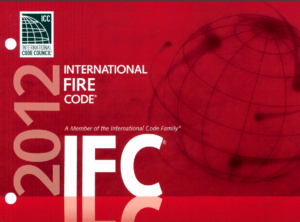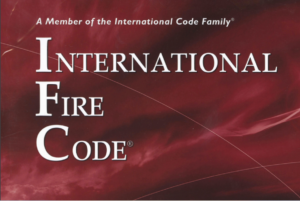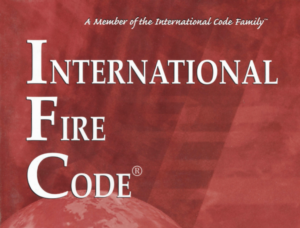The 2000 International Fire Code (IFC) provides a comprehensive set of regulations designed to mitigate fire and explosion risks in buildings, structures, and premises. It covers the storage, handling, and use of materials and devices that could pose fire and explosion hazards, as well as the installation, alteration, and removal of fire suppression and alarm systems. The IFC is aimed at ensuring life safety and property protection from fires, explosions, and other hazardous conditions.
This code applies to new and existing structures, facilities, and conditions, emphasizing compliance with established fire safety practices. It includes specific provisions for existing buildings that do not comply with current standards but were legal at the time of construction. Historic buildings, which might not comply with the current code but do not pose significant risks, are subject to tailored fire protection plans.
The enforcement of the IFC is managed by the Department of Fire Prevention, led by a code official responsible for the code’s administration and implementation. This official has the authority to interpret the code, issue permits, conduct inspections, and ensure compliance. The code outlines specific operational and administrative procedures that must be followed to maintain safety standards.
Permits are required for various operations, including those involving flammable materials, hazardous operations like hot work, and the use of specific facilities like industrial ovens. The code also addresses conditions where changes in use or occupancy could introduce new hazards, requiring compliance with both the IFC and the International Building Code to ensure safety.
Overall, the 2000 IFC is designed to protect public health and safety by regulating the construction, operation, and maintenance of building systems to prevent fire hazards, safeguarding both life and property in all types of occupancies.






